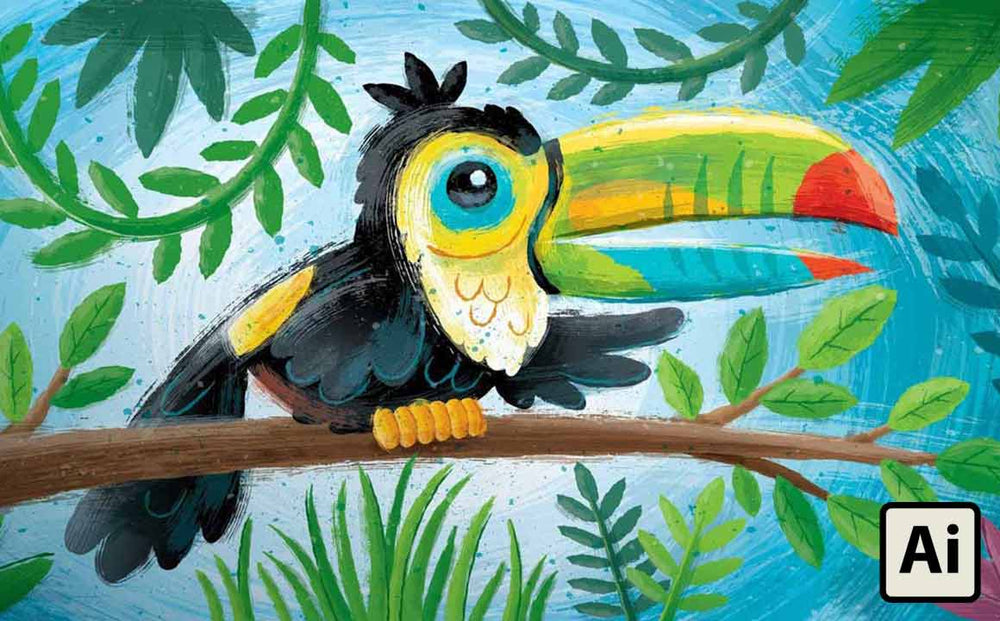Design and illustration guru Von Glitschka needs little introduction. The creative director of boutique design firm Glitschka Studios – which counts the likes of Nike, Disney and SXSW Interactive among its varied clientele – is a master of vector art and has a global following.
He’s also the creative mastermind behind our popular DragStrip and DragStrip 2 vector brush packs for Adobe Illustrator, as you might already know.
What you probably don’t know, though, is that with these Illustrator brushes Von created a new style of vector-based illustration, which quickly caught the attention of Adobe and led to a collaboration with the world’s biggest creative software company: Painted Jungle illustration.
If that isn’t a clear indication of the value of experimentation – no matter how established you are as an illustrator or designer – then we don’t know what is!










